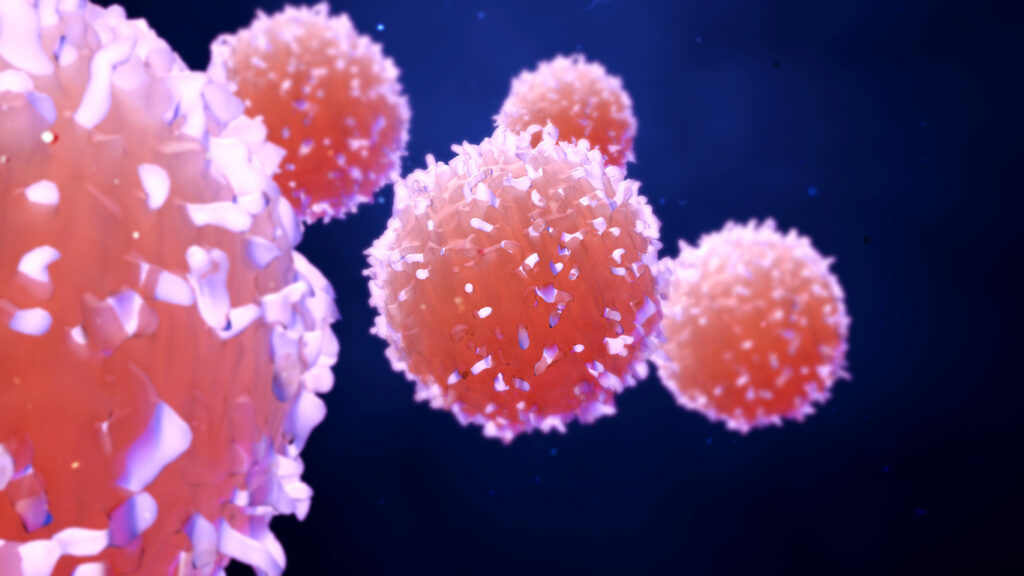Iovance Biotherapeutics, Inc. submitted a marketing authorization application (MAA) to the European Medicines Agency (EMA) for lifileucel, a tumor-innfiltrating lymphocyte (TIL) therapy, for the treatment of adult patients with unresectable or metastatic melanoma previously treated with a PD-1 blocking antibody, and if BRAF V600 mutation positive, a BRAF inhibitor with or without a MEK inhibitor
If approved, lifileucel will be the first approved therapy in this treatment setting in all European Union (EU) member states. The Food and Drug Administration (FDA) approved lifileucel (Amtagvi, Iovance Biotherapeutics) cancer for advanced melanoma in early 2024.
The MAA submission for lifileucel is supported by positive clinical data from the C-144-01 clinical trial in patients with advanced post-anti-PD1 melanoma. If the MAA for lifileucel is validated, which is anticipated in the third quarter of 2024, the Committee for Medicinal Products for Human Use (CHMP) is expected to issue a scientific opinion for the European Commission to adopt in 2025. Additional marketing submissions for lifileucel are on track in Canada and the United Kingdom during the second half of 2024 and in Australia in 2025. Each year, more than 20,000 people die from advanced melanoma in the U.S., EU, United Kingdom, Canada, and Australia.
“This EU regulatory submission is the first step toward expanding lifileucel into global markets with a high prevalence of advanced melanoma. The unmet need and strength of the clinical data will support approval of lifileucel as the first and only approved therapy for advanced melanoma patients in the EU who have progressed following standard of care therapies,” says Raj K. Puri, MD, PhD, Executive Vice President, Regulatory Strategy and Translational Medicine at Iovance Biotherapeutics, in a news release. “Following the accelerated approval in the U.S., our global expansion strategy can more than double the number of patients with significant unmet need who may access lifileucel.”


